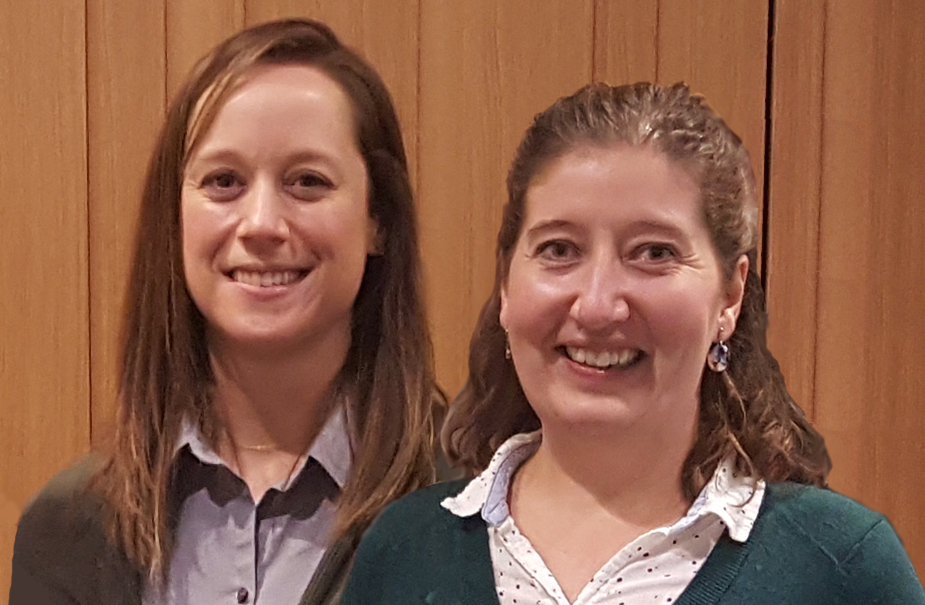16 Oct Are You Scared at the Thought of Taking the GPC Exam? By Ashley Dooley, GPC
Posted at 08:42h
in Ashley Dooley, GPC, Competency Seven, GPC Credential, Professional Development, Professionalism
Taking the Grant Professional Certified (GPC) exam can be a scary thought for many. Bad memories of past standardized test experiences, fear of failure, not knowing where to start, or lack of time may be reasons that are holding you back from taking the GPC exam.
Earlier this year, I was in your shoes, because I took the GPC exam in July 2022. Let me help turn the big scary beast-the GPC exam-into a nice friendly teddy bear, figuratively at least.










